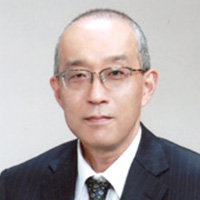 Professor
ProfessorSound information, which is converted to the electrical spike signal of the cochlear nerve in the inner ear, is transmitted to the brain via the auditory system. Disturbance of any part of auditory system causes hearing impairment. In considering the improvement of speech perceptibility of impaired listeners, it is important to understand the pathology and pathophysiology of deafness. In our laboratory, researches being conducted on auditory prostheses and related auditory science to help impaired listeners compensate for the deteriorated speech perception.
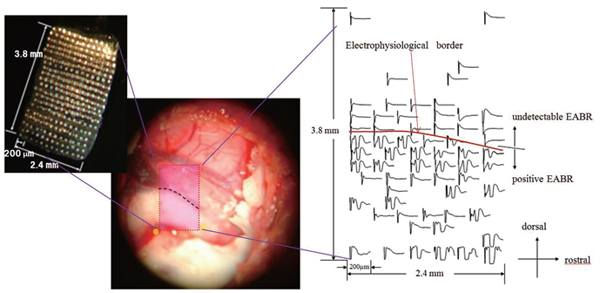
Electrophysiological mapping system for auditory brainstem implant
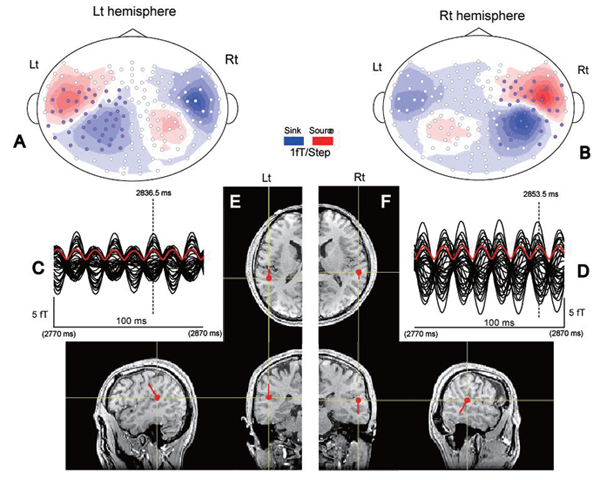
Neuromagnetic investigation on auditory steady state response
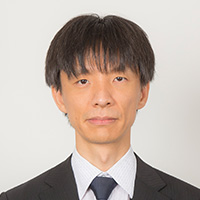 Professor
Professor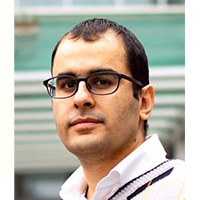 Associate Professor
Associate ProfessorThe central nervous system (CNS) is highly vulnerable and has limited regenerative capacity. Despite advancements in current treatment modalities, CNS injuries often result in significant and lasting disabilities, leading to a marked decline in quality of life. Our research aims to elucidate the pathophysiology of CNS disorders—including stroke, brain tumors, and neurodegenerative diseases—by integrating molecular biological techniques, AI-assisted bioinformatics analyses, and engineering approaches such as computational fluid dynamics. Ultimately, we strive to develop novel therapeutic strategies, including stem cell-based regenerative therapies and innovative pharmaceuticals, with the goal of clinical application.

Experimentally induced aneurysm in rat. The process related to the initiation, growth, rupture and cure is analyzed. This model is useful to study new development of endovascular devices and and pharmacological therapy.
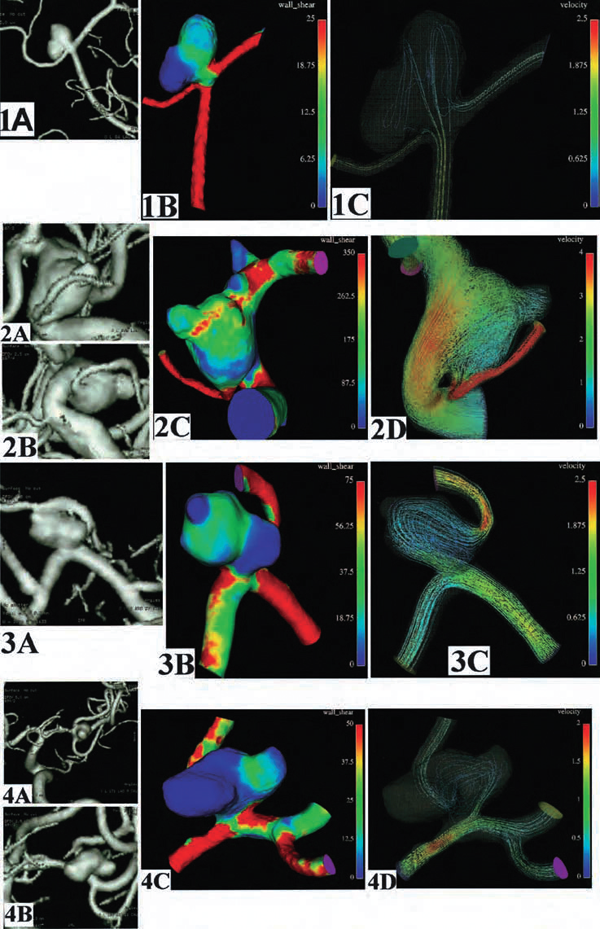
Patient data specific CFD analysis of brain aneurysm. This type of aneurysm had strong relationship between maximum wall shear stress and growth and rupture.
 Professor
ProfessorVariety of membrane transport systems play essential roles for maintaining homeostasis in the body. In addtion, many membrane transporters involve in the regulation pathogenesis of renal failure, hypertension and cancer as well as diabetes and obesity. We sudy for developing diagnositc tools or screeing new drug by modulating such molecules.
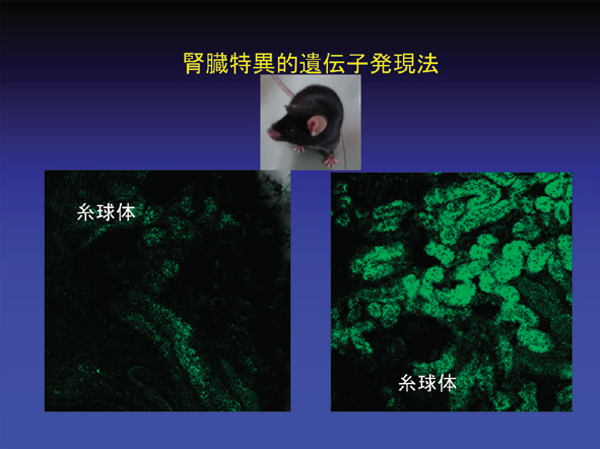
Renal-specific gene delivery
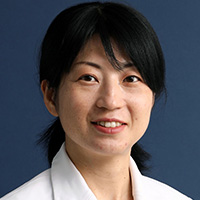 Associate professor
Associate professorAs the average life expectancy in Japan is long, it is currently an issue to extend healthy life expectancy. It is said that people receive about 80% of information through their vision, and it is important for extending healthy lifespans to maintain good eyesight. To this end, we are collaborating with the Center for Innovations in Next Generation Medicine (INGEM) to analyze lifestyle factors (smoking, alcohol moderation, weight, diet, exercise, sleep, etc), omics data (genes, the metabolome), fundus photography, and optical coherence tomography (OCT) scans. We are building big data by comparing images, and we are conducting data-science-based research on eye disease prevention, such as making prognoses with AI image diagnoses based on data from daily medical checkups and screening for systemic diseases. In addition, we are striving to create personalized medicine by quantifying individual oxidative stress using new equipment and exploring its relationship with eye diseases. We are also working on the development of medical devices, such as microdevices that non-invasively extract important information and biomarkers of systemic vascular diseases and dementia from the eyes.
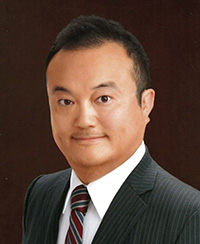 Professor Masahiro Yamada
Professor Masahiro Yamada Various mechanical stimuli are constantly applied in the oral cavity and play a crucial role in regulating biological phenomena. Nanotechnology-based biomaterials function as physical microenvironments within the body and can regulate cellular responses to such mechanical stimuli.
Our laboratory designs and develops biomaterials and medical devices through an interdisciplinary approach that integrates biotechnology with electrical and mechanical engineering. By applying the principle of mechanobiology, we aim to create next-generation dental technologies that regulate tissue regeneration and disease, paving the way for personalized dental medicine.
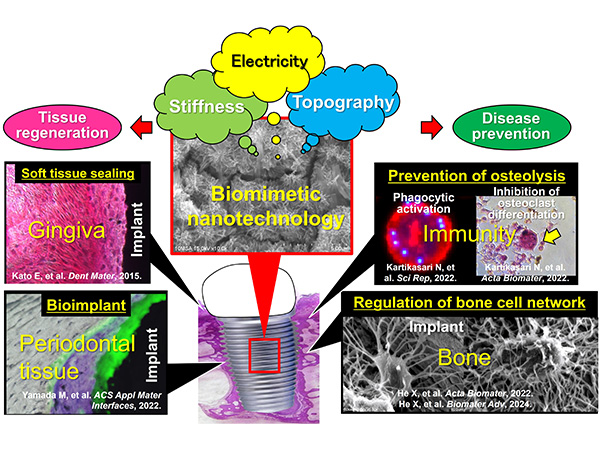
Biomimetic titanium nanosurfaces have been shown to regulate gingiva, periodontal tissues, bone, and immune responses.